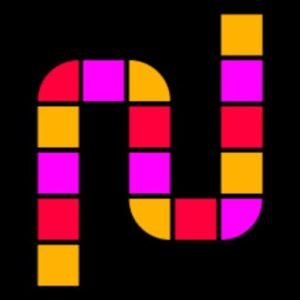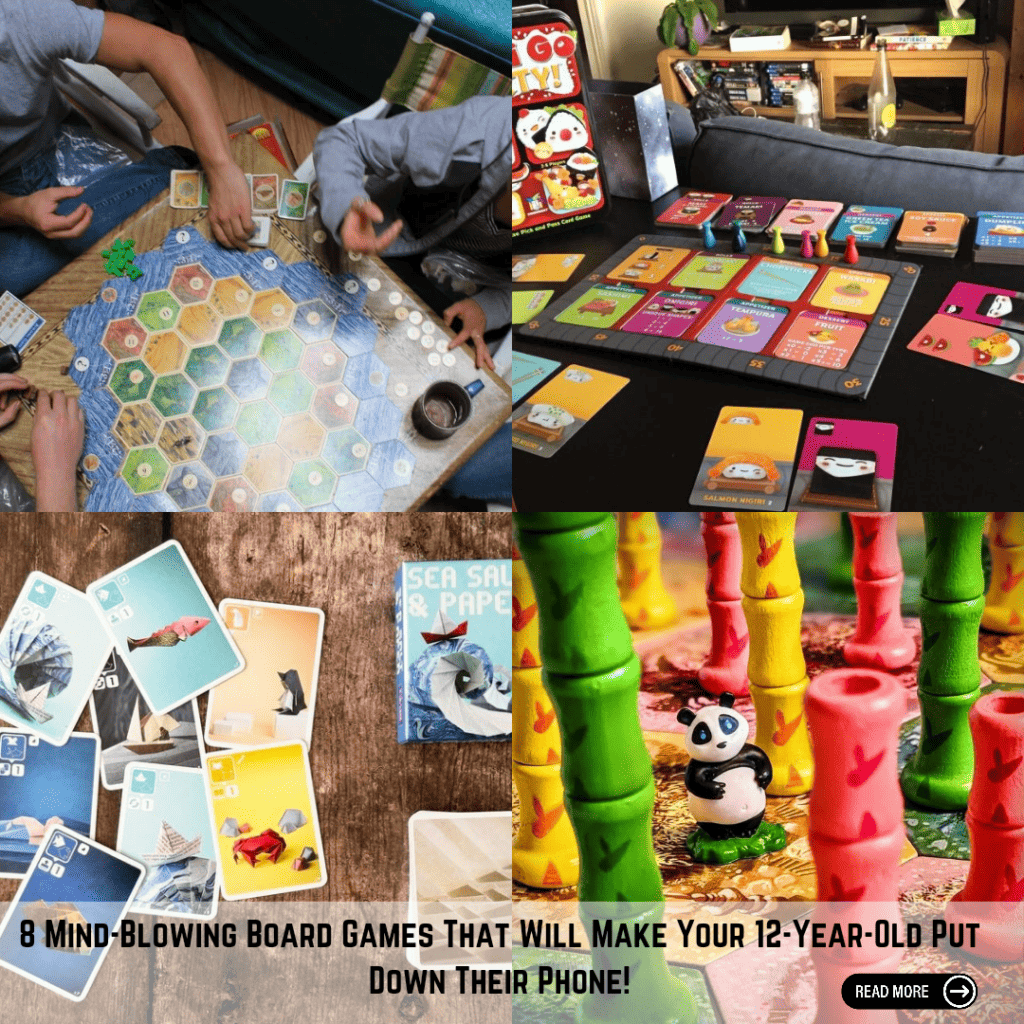
The Secret to Connecting with Your Almost-Teen
Few things are more enjoyable than playing a board game with your 12-year-old. At this age, kids are navigating the transition between childhood and adolescence, making friendships, independence, and self-discovery more important than ever. A fun game night with family or friends can offer a welcome break and create lasting memories.
To help you choose the perfect game, we’ve compiled a list of the best board games for 12-year-olds. Classic games like Monopoly remain popular across generations, while newer strategy and adventure games keep kids engaged. Whether you’re looking for exciting family board games, challenging strategy games, or fast-paced party games, these picks will bring everyone together for hours of fun.
8 Best Board Games for 12 Year Olds
Takenoko : Where Pandas Rule the Table! 🐼
By: Bombyx & Matagot | Players: 2-4 | Time: 45 minutes
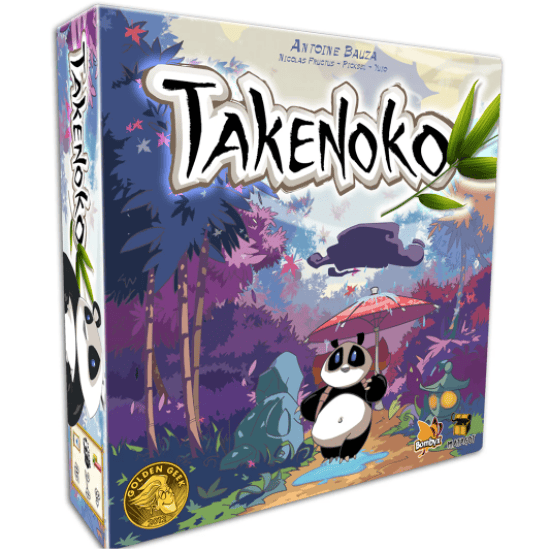
Who can resist the cute Panda of Takenoko? Underneath lies a perfect board game
Who knew bamboo farming could be so addictive? This gorgeous game transforms your table into a living, growing garden where a hungry panda roams. With colorful hexagons and stackable bamboo pieces that literally rise from the board, Takenoko is Instagram-worthy AND brain-bending.
Watch as your strategy-loving tween becomes surprisingly invested in the welfare of a ecstatic panda!🐼
Mysterium : CSI Meets the Afterlife👻
By: Libellud | Players: 2-7 | Time: 42 minutes
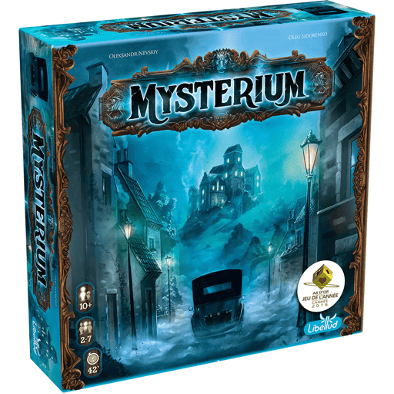
“Dad, I need to talk to the ghost again!” One player becomes a murdered spirit communicating through dreamlike vision cards while everyone else channels their inner medium. It’s like twenty questions—if the questions were surreal paintings and the answers were from beyond the grave. is perfect for kids who think they’re too cool for family activities (until they’re frantically debating what the flying unicycle card means).
If you’ve ever played Dixit, you’ll be familiar with the obscure, whimsical artwork that represents the clues.And if you like the mystery theme, you should also read our list of the best mystery board games, where you’ll also find Mysterium.
Sea Salt & Paper : Pocket-Sized Magic 🌊
By: Bombyx | Players: 2-4 | Time: 30-45 minutes
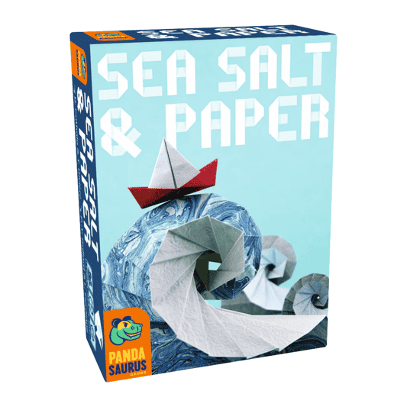
In a tiny box lies a huge game
Origami meets mind games in this travel-ready marvel. With artwork so stunning it belongs in a gallery, this deceptively simple card game hides a devious “I know that you know that I know” strategy layer. Sea Salt & Paper is listed as a great alternative for Uno, it is perfect for sneaking into restaurants, car trips, or anytime you hear the dreaded “I’m bored.” The ultimate proof that big fun comes in small packages!
Waterfall Park : Where Negotiation Gets Splashy🎢
By: Repos Production | Players: 3-5 | Time: 45 minutes
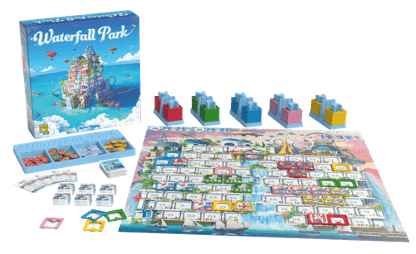
Trade and negotiate your way to victory in Waterfall Park
“I’ll trade you my ice cream stand for your roller coaster… AND two coins!” Welcome to the cutthroat world of amusement Waterfall Park development! This trading bonanza teaches the fine art of wheeling and dealing without anyone ending up in tears. The vibrant, tactile pieces make it feel like playing with toys while secretly developing MBA-level negotiation skills.
CATAN : The Legend That Launched a Thousand Gamers 🌾
By: CATAN Studio | Players: 3-4 | Time: 60-120 minutes

CATAN is an endearing classic
“I’ve got wood for sheep!“. Don’t give me that lumb-baaaa look.
This gateway drug to the board game universe has initiated millions into the cult of cardboard. Your 12-year-old will be scheming to control resources and building empires while you wonder when exactly they became so deviously strategic.
You’ll trade with your fellow players for resources (wheat, wood, brick, ore, and sheep) that you can then turn into the likes of settlements, cities, and roads in order to have control of the game board – resulting finally in points. CATAN also has a vast number of expansions covering all manner of topics, you’ll likely find its many expansions can expand on that area even further. Some become classics, but the newer ones offer real variety – one even adding in Soccer scenarios! Warning: May cause spontaneous family trash-talking sessions. 😆
- Engaging Gameplay: Dynamic resource trading and settlement-building.
- High Replayability: Modular board setup keeps each game fresh.
- Strategic Depth: Balancing negotiation and resource management.
- Luck Factor: Dice rolls can lead to uneven resource distribution.
- Player Downtime: Waiting for turns can be lengthy with more players.
- Component Management: Many small pieces can be cumbersome.
Master Word : Mind-Reading Made Hilarious🔎
By: Scorpion Masque | Players: 3-6 | Time: 5-15 minutes
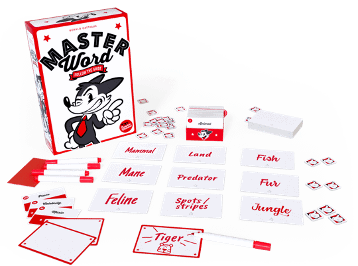
How many guesses would it take for you to find the word “Tiger?”
“Is it… a tiger? No, wait—DON’T TELL ME!” This word-guessing frenzy, is a reminiscent of 1970s game Mastermind , where Master Word that creates more tension than a reality show finale. The twist? Accidentally guess the exact answer on your clue sheet and everybody loses! Watch as your tween’s vocabulary suddenly expands when victory is on the line. Perfect for “just one more game” that turns into five.
Castle Panic : Unite or Die Trying🏰
By: Fireside Games | Players: 1-6 | Time: 30-60 minutes
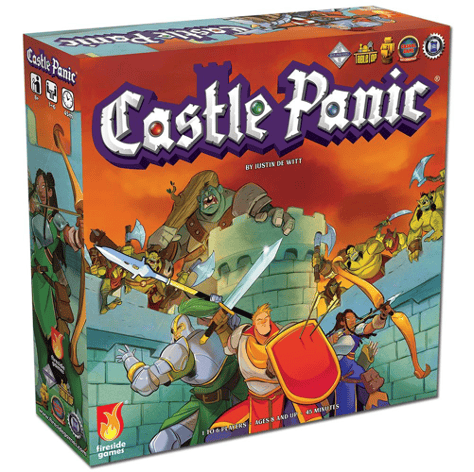
The enemy tried to scale my castle walls but couldn’t get a hold of the situation.
“THE TROLLS ARE COMING FROM SECTOR FIVE!”
Defend your castle from waves of monsters in this cooperative tower defense game that channels the energy of their favorite mobile games onto the tabletop. Nothing brings a family together like impending doom! The rare game where everyone’s either celebrating together or blaming the random card draw for their collective failure.
There are also options for adding in spells, scarier enemies, and engines across the expansions available, so the game can grow with you too. Strategy games like Castle Panic encourage social play, spatial reasoning, and the development of social skills.
- Cooperative gameplay that encourages teamwork.
- Simple rules, making it easy for new players to learn.
- Fun for families and casual gamers.
Sushi Go! : Fast Food for the Brain🍣
By: Gamewright | Players: 2-5 | Time: 15 minutes
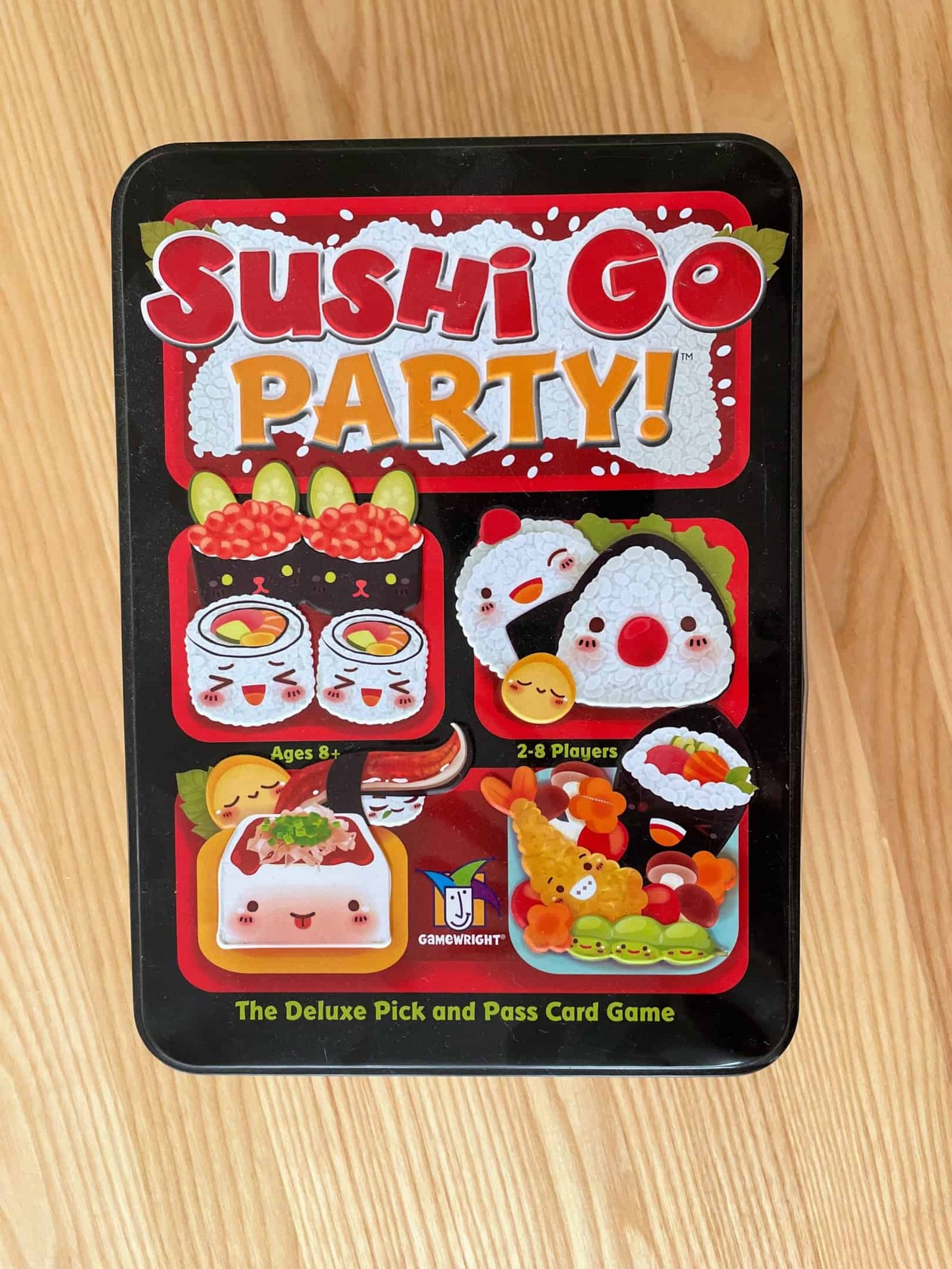
Sushi Go! Is a winner for all audiences
Sushi Go! is a speedy card game set in a sushi restaurant. The game explains you want to grab the best combination of sushi dishes for yourself, but they’re passing by so quickly that’s not the easiest thing to do.
Lightning-fast and cuter than a kitten video, Sushi Go! is a card-drafting game features sushi with faces (that somehow doesn’t make it disturbing to eat them). The adorable artwork disguises a surprisingly cunning game of collection and sabotage. Games take just 15 minutes, making it perfect for “best of three” challenges that mysteriously turn into best of seven.
- Quick, easy-to-learn gameplay.
- Fun drafting mechanics with cute artwork.
- Fast-paced, great for short game sessions.
- Strategy is light, mostly luck-based.
- Limited interaction between players.
- Best with 3+ players, not as fun with fewer.
Conclusion: Play Board Games
Finding the right board game can establish a shared interest that continues through the teenage years and beyond, creating lasting memories and meaningful connections during this important developmental stage. These games build critical thinking, social skills, and family bonds—all disguised as pure fun. In an age of digital everything, there’s something almost rebellious about gathering around a table, rolling dice, and creating memories that no video game can match.
So clear the table, hide the devices, and prepare for the sweet sound of your almost-teen saying those magic words: “Can we play again?”
Have you tried any of these games? Share your thoughts and recommendations in the comments below!
FAQ: 12 year olds and family game night
Q: Can these games be enjoyed by adults as well?
A: Absolutely! While these games are recommended for 12 year olds, they are designed to be fun and engaging for players of all ages. Many adults enjoy playing these games with their kids or even with other adults.
Q: Are these games suitable for educational purposes?
A: While these games aren’t specifically designed as educational tools, many of them have educational benefits. For example, Master Word encourages critical thinking and vocabulary skills, while Castle Panic can foster strategic planning and teamwork.
Q: How long does it take to learn these games?
A: The learning curve varies from game to game. Games like Sushi Go! are relatively simple and can be understood within a few minutes, whereas Castle Panic might take a game or two to fully grasp all of the strategic elements. However, all of them come with clear instructions to guide you through the learning process.
Q: Are expansions necessary for enjoying these games?
A: You can thoroughly enjoy the base games without any expansions. Expansions are there to introduce new elements and extend the game’s replayability, but they’re by no means required for getting a full and engaging experience.
Q: Can these games be played solo?
A: Some of the games, like Castle Panic, include solo play options that can be just as enjoyable. However, games like Master Word and Sushi Go! are designed for multiple players and require interaction with others to play effectively.
